The most significant cameras and lenses of the last 25 years
The leading camera and lens manufacturers give their opinions on their most significant product of the last quarter to celebrate DPReview's 25th birthday
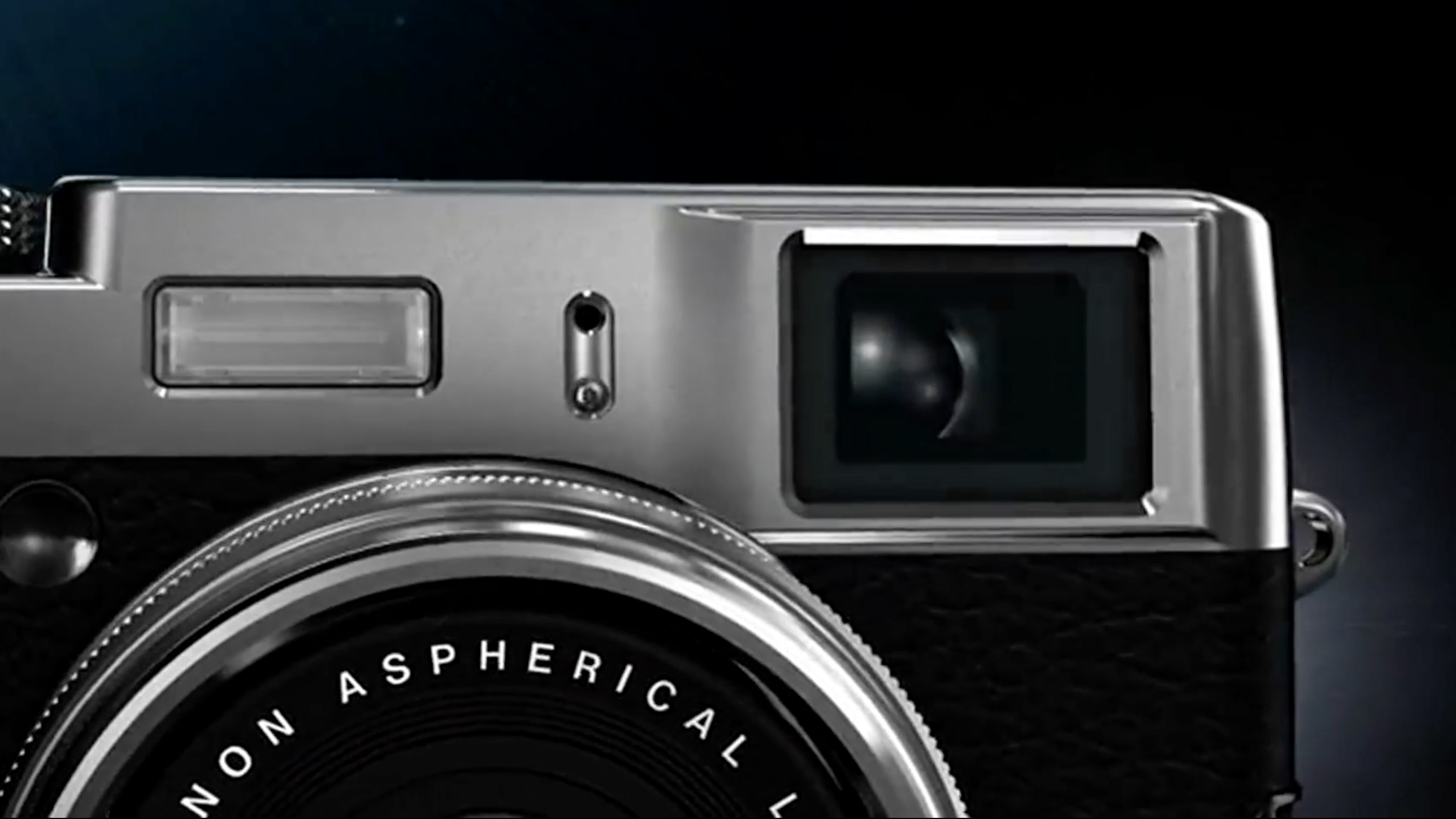
A lot has changed in the photography industry in the last 25 years, shifting from analog to DSLR, and then to mirrorless. Technology has evolved exponentially, but the modern cameras we see in today's market stand on the shoulders of risks and innovation.
To celebrate its 25th anniversary, DPReview interviewed several executives from the leading camera and lens manufacturers and asked what they consider its most significant product over the last quarter of a century. Unsurprisingly some named the latest flagship cameras, some of the best mirrorless cameras in the market today, but others named products that perhaps turned the tide and signified breaking ground in new market areas.
The answers given were personal to the individual being asked, but the responses are just as enlightening and intriguing as the reasons for them.
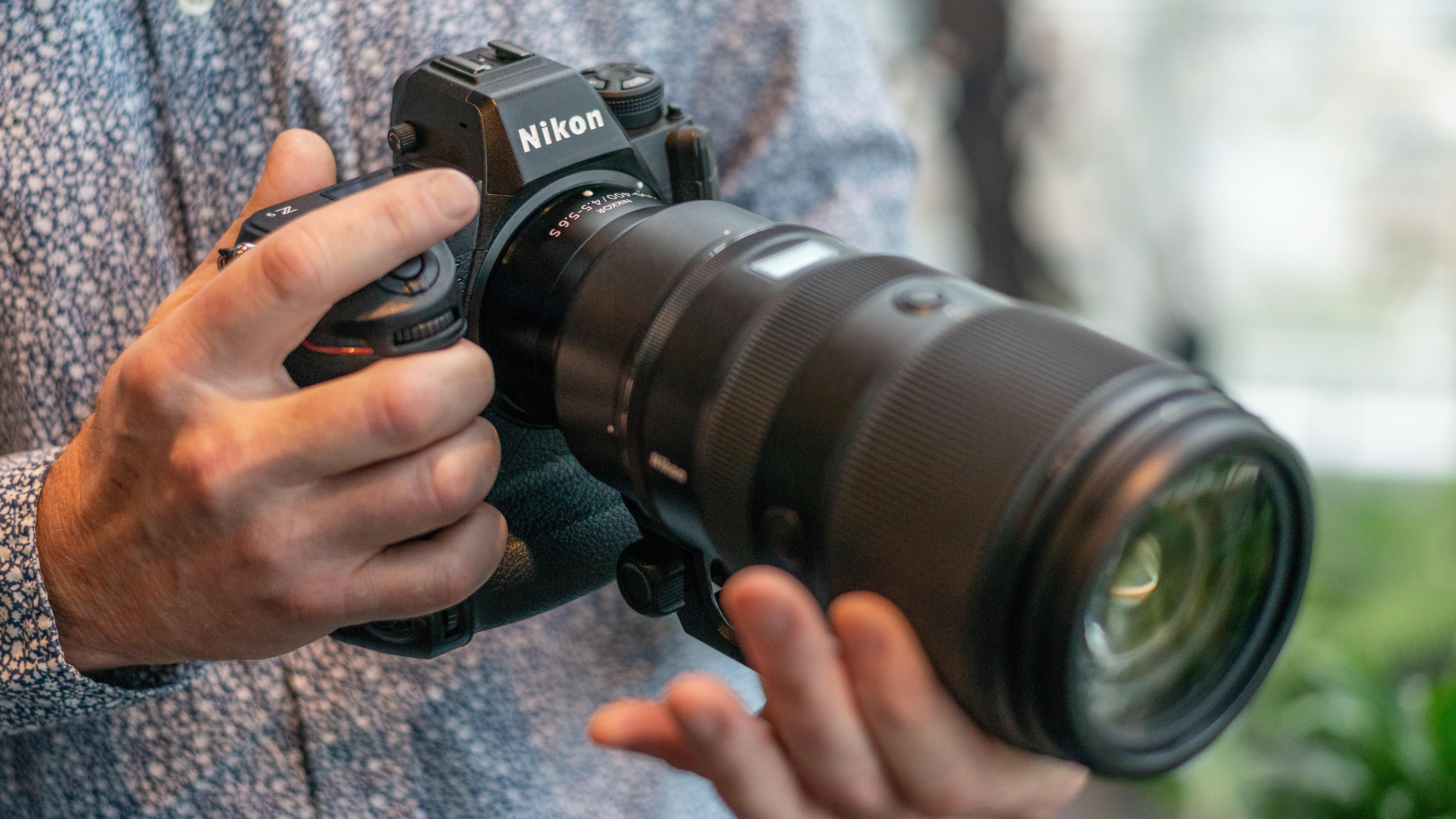
Nikon's Section Manager Yusuke Adachi makes the Nikon Z9 his top pick for the most significant, and not just because it is the latest flagship. Adachi argues that the Nikon Z9 is a landmark camera for the technological advancement of its parallel readout, via the stacked CMOS sensor.
Considered one of the best cameras for sports and wildlife, the sensor enables fast and accurate capture, true to what the eye sees.
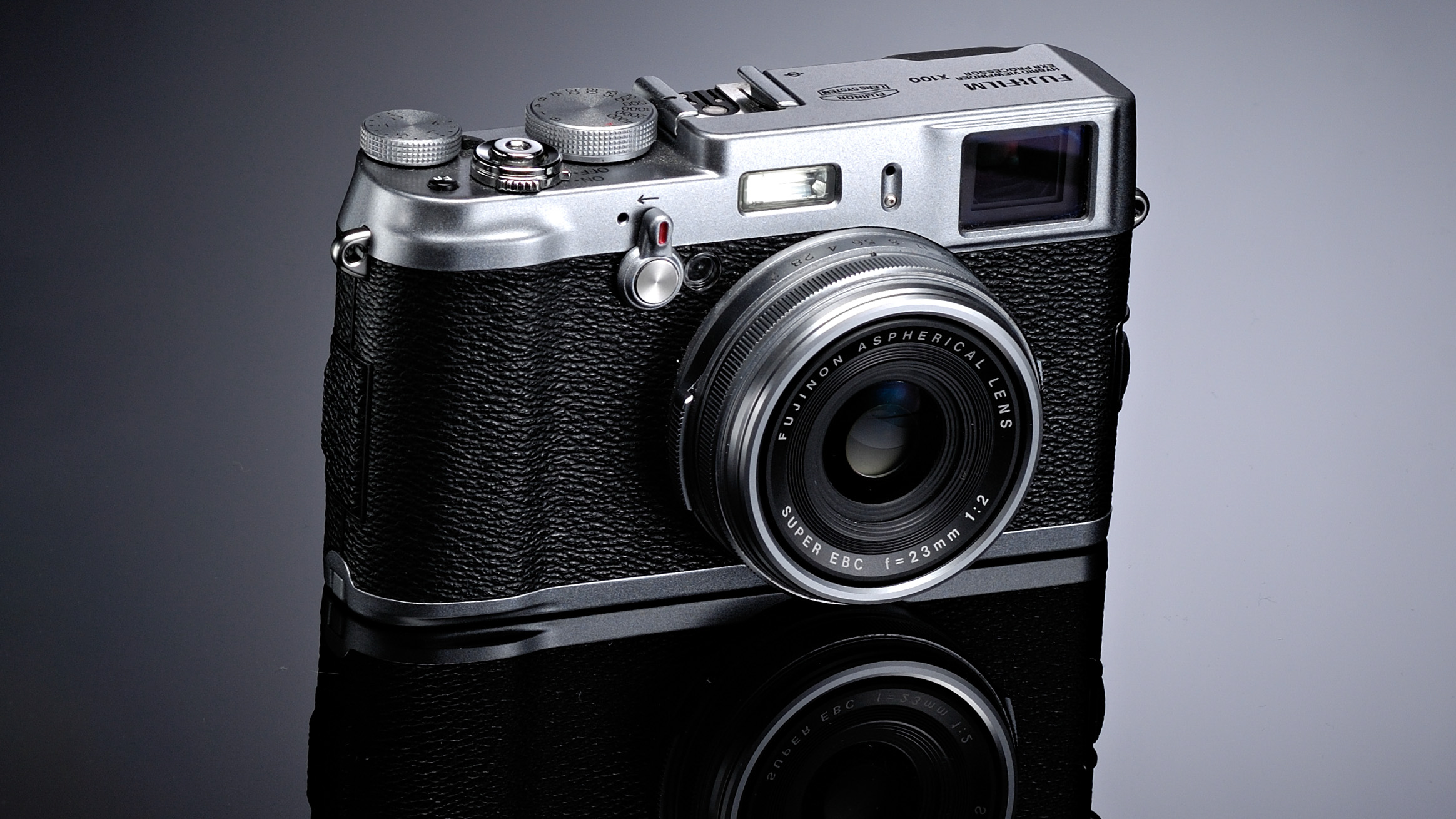
Fujifilm - Fujifilm Finepix X100
Get the Digital Camera World Newsletter
The best camera deals, reviews, product advice, and unmissable photography news, direct to your inbox!
Fujifilm wasn't always the brand you see today and could have been in a more difficult position if it weren't for the Fujifilm Finepix X100 according to Yuji Igarashi, the Divisional Manager of Fujifilm's Professional Imaging Group. The first iteration of the X100 line signified a change in business model and brought with it a certain risk, as point-and-shoot cameras were in decline due to smartphones.
Igarashi states, "We wouldn’t be here if we didn’t have the X100. If that failed, we would have been in a very difficult position."
The X100 line is now considered one of Fujifilms most successful, and the latest Fujifilm X100VI is considered among the best compact cameras around today.
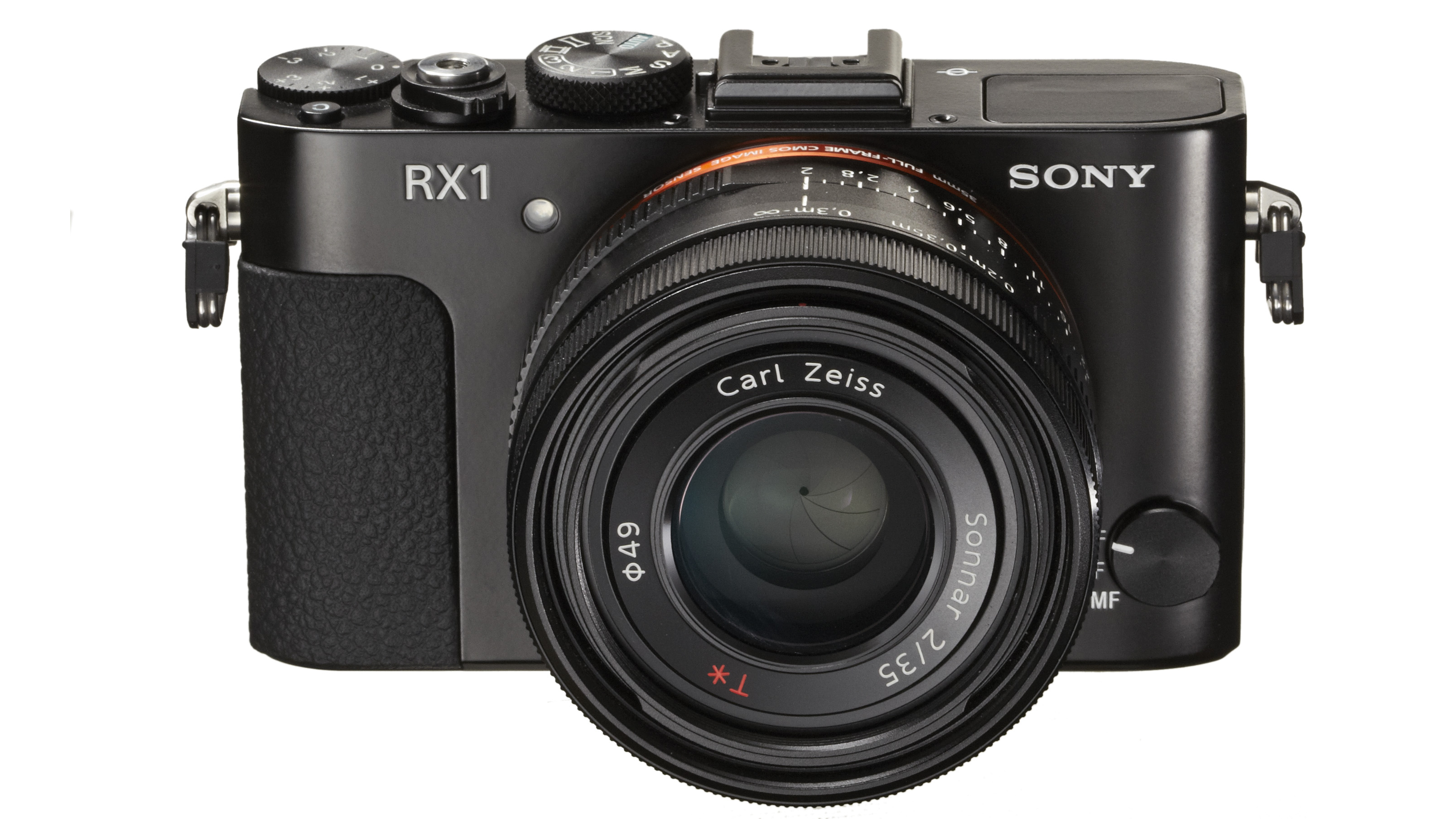
Sony - Sony RX1
If I had to guess an answer for Sony I would have gone with the recent full-frame mirrorless cameras, such as the Sony A7, which appeared to start the transition of photography into the world of mirrorless. However, it is the Sony RX1 that was chosen, as it represents what Sony considers to be the "beginning of our photography culture".
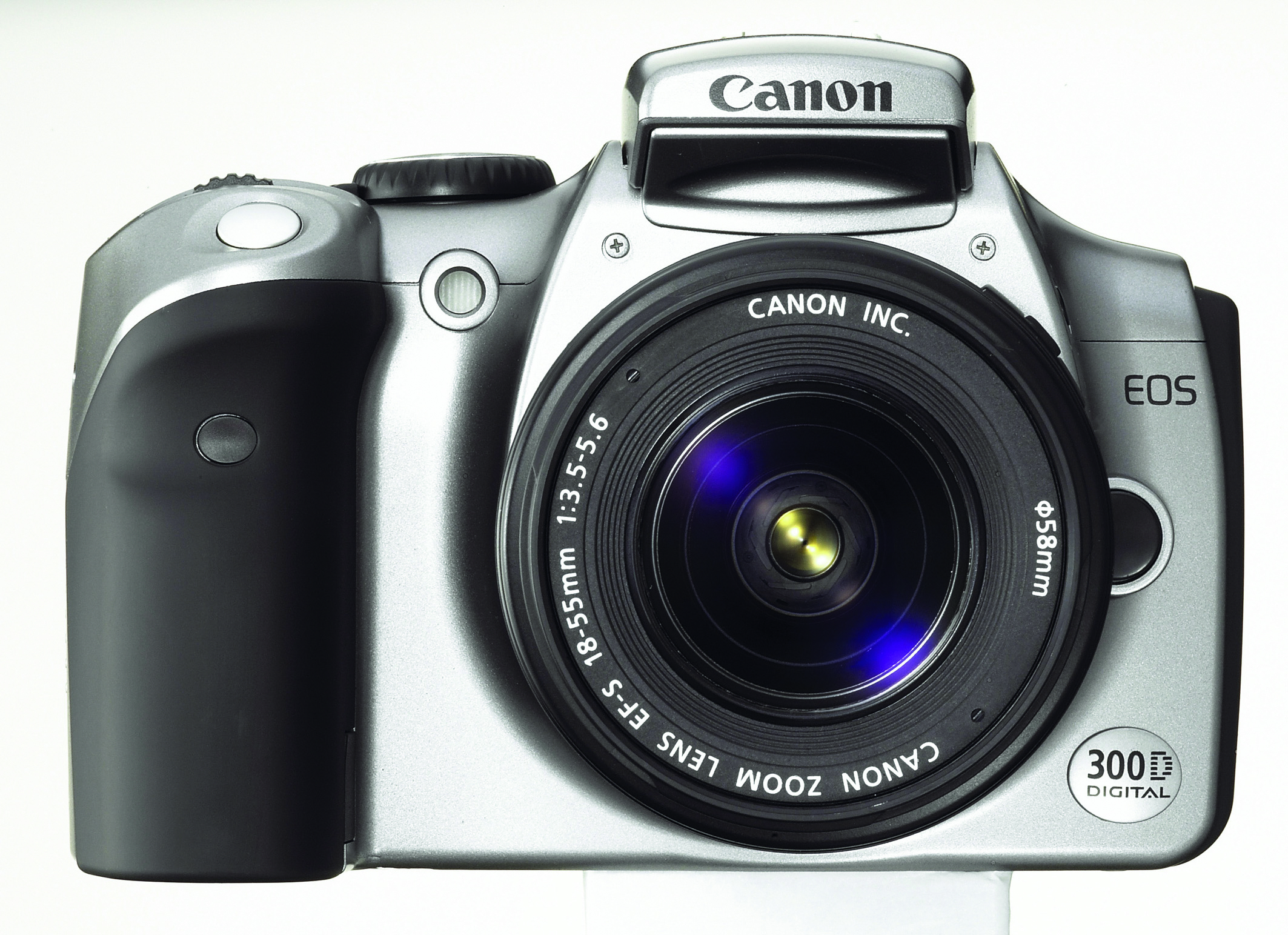
Canon - Canon EOS Digital Rebel
Canon Senior Managing Executive Officer Go Tokura, picked the Canon EOS Digital Rebel (known as the EOS 300D in Europe) as it represents Canon's successful transition from analog to digital. It played a pivotal role in popularizing the CMOS sensor, and since 2003, Canon has sold over 1 million of them.
Still today the EOS line represents the best Canon cameras and the flagship Canon EOS R5, is rated as one of the best mirrorless cameras on the market.
Lenses
Executives of third-party lens manufacturers Sigma and Tamron were asked the same question, and it is no surprise that they chose recent lenses. Third-party lenses have changed dramatically over the last 25 years, evolving from cheap alternatives with questionable optics to performing on par or better than native lenses.
Tamron chose the first generation Tamron 28-75mm f/2.8 Di III RXD as it was the company's first attempt at a new concept faster lens.
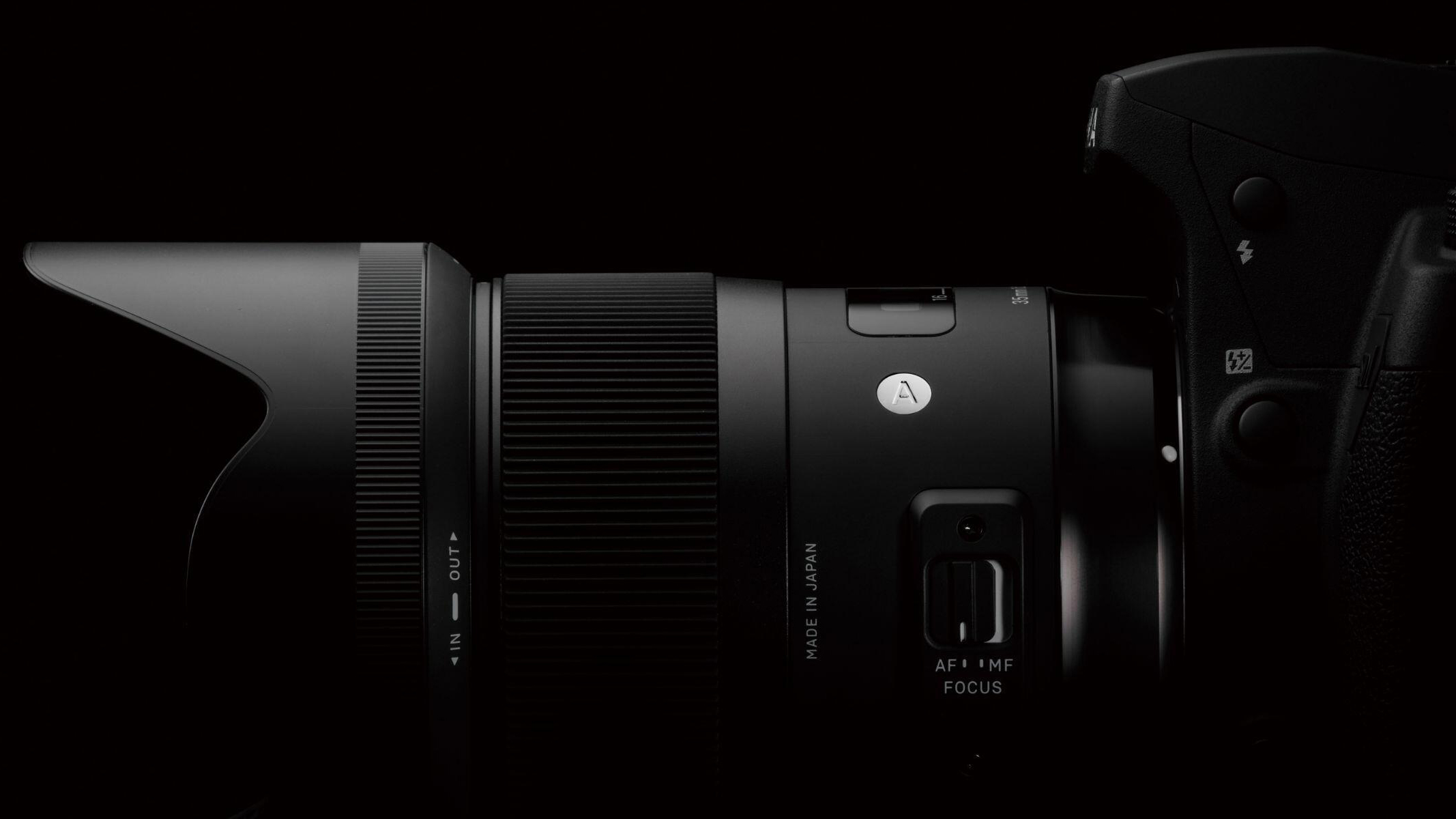
Sigma chose the Sigma 35mm f/1.4 Art, as it represented the beginning of a change in Sigma's quality. Sigma CEO Kazuto Yamaki states, "It’s the first Art lens in the series and it’s the first lens after we introduced the three series: Art, Contemporary, and Sports. If we’d failed with the launch of the 35mm F1.4, Sigma may not have survived until today".
This was an interesting series of interviews by DPReview and the answers given by the manufacturers take us on a trip down memory lane to some of the most significant cameras of recent history. Many of these cameras and lenses are the foundations of the industry-leading products we see today, who knows where technology will take us next?
See our guides for more information on the best DSLR, the best film cameras, and the best mirrorless cameras.

Kalum is a professional photographer with over a decade of experience, also working as a photo editor and photography writer. Specializing in photography and art books, Kalum has a keen interest in the stories behind the images and often interviews contemporary photographers to gain insights into their practices. With a deep passion for both contemporary and classic photography, Kalum brings this love of the medium to all aspects of his work.
